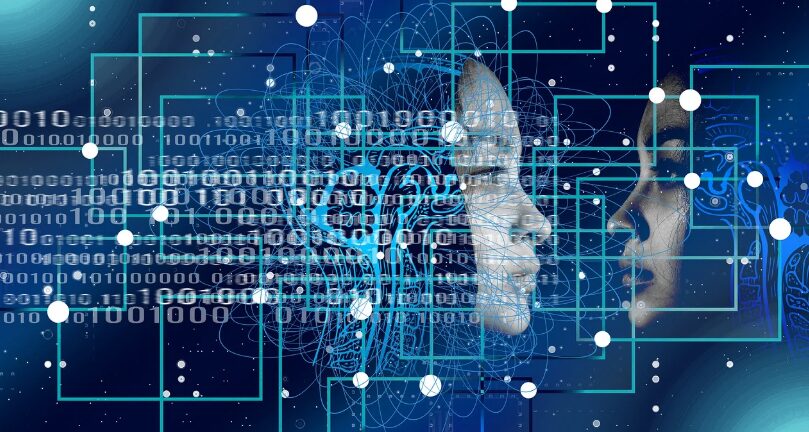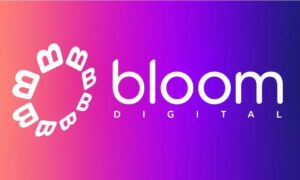Product and service quality and end-user experience are the two pillars through which you differentiate yourself from competitors. This is one of the main motivators for you to transition from using a simple digital assistant to more future-facing solutions to shape a delightful user experience. This shift also helps you demonstrate commitment to innovation and user-centric focus, keeping employees, partners, and customers engaged, and satisfied.
New-age digital assistants
Technology vendors, always at the forefront of innovation, initially launched cognitive virtual assistants designed to enhance user engagement through conversational AI. As enterprise needs evolved, so did these platforms. Since then, significant enhancements have been made to CVAs, such as the addition of Generative AI and agent assist capabilities. This continuous evolution is a testament to the power of technology and the endless possibilities it presents.
This transformation into a holistic, AI-driven digital workplace experience platform also has a strong foundation in unified endpoint management and aligns perfectly with the goal of achieving a truly digital workplace for yourself. This convergence between employee experience software and endpoint management tools will significantly reduce human efforts and costs for you.
Features to Enhance AI Employee Experience and Engagement
Some of the latest user experience platforms, like HCLSoftware’s BigFix AEX, represent a solution tailored to address your complex demands. Some of the key features and functionalities offered by such platforms include:
- Generative AI studio: A comprehensive GenAI studio that enables you to fine-tune Large Language Model (LLM) services on their data, creating more personalized and efficient interaction flows.
- Conversational AI platform: Improved dialog flow design with multilingual and multi-channel support, ensuring smooth communication across various platforms and languages.
- Agent assist: To facilitate live chat transfer to agents based on skill set and availability, with seamless content sharing. The platform may also employ shadow learning, where agent responses train the system for future interactions.
- Self-heal for end user devices: Zero-touch and one-click solutions to empower users to resolve common device issues independently, reducing downtime and support costs.
- Integrations and assistance: One-click integrations with other enterprise applications for a comprehensive digital workplace management approach.
Future roadmap for conversational AI platforms
These days, global enterprises focus on enhancing AI-driven capabilities to further improve the functionality of conversational AI platforms and employee experience software and enhance their operational efficiency. Future developments in this area will include:
- Expanding generative AI capabilities to address more complex enterprise needs.
- Enhancing self-healing features that use machine learning (ML) to predict and resolve issues before they affect users.
- Broadening integrations with third-party applications for seamless digital workplace management.
- Increasing focus on security and compliance, especially in hybrid work environments, to protect against emerging threats.
Impact on end users and businesses
The monumental shift in this solution offering provides numerous benefits to end users and businesses alike. Users are expected to experience a more efficient and intuitive platform that minimizes the need for manual intervention and allows them to focus on more strategic tasks requiring human cognition. For you such platforms have the potential to deliver improved productivity and cost reduction. You would be able to manage their digital workplaces more effectively and navigate modern work environments better.
This evolution extends beyond the platform itself. As you increasingly adopt AI-powered employee experience software, the demand for integrated, end-to-end digital assistant platforms will continue to grow in the fields of workplace management and employee experience. The convergence with unified endpoint management tools will also influence the development of related technologies, such as endpoint management and self-heal tools.
Conclusion
The transition from simple digital assistants to sophisticated AI employee experience tools and user experience platforms marks a pivotal moment in our journey towards integrated, user-centric solutions. This change is about adopting and accepting the future of work where AI-powered platforms will shape tomorrow’s digital workplace. You will soon embark on this new chapter, as they remain dedicated to providing all their stakeholders with the tools they need to succeed in an ever-evolving technological landscape.

































